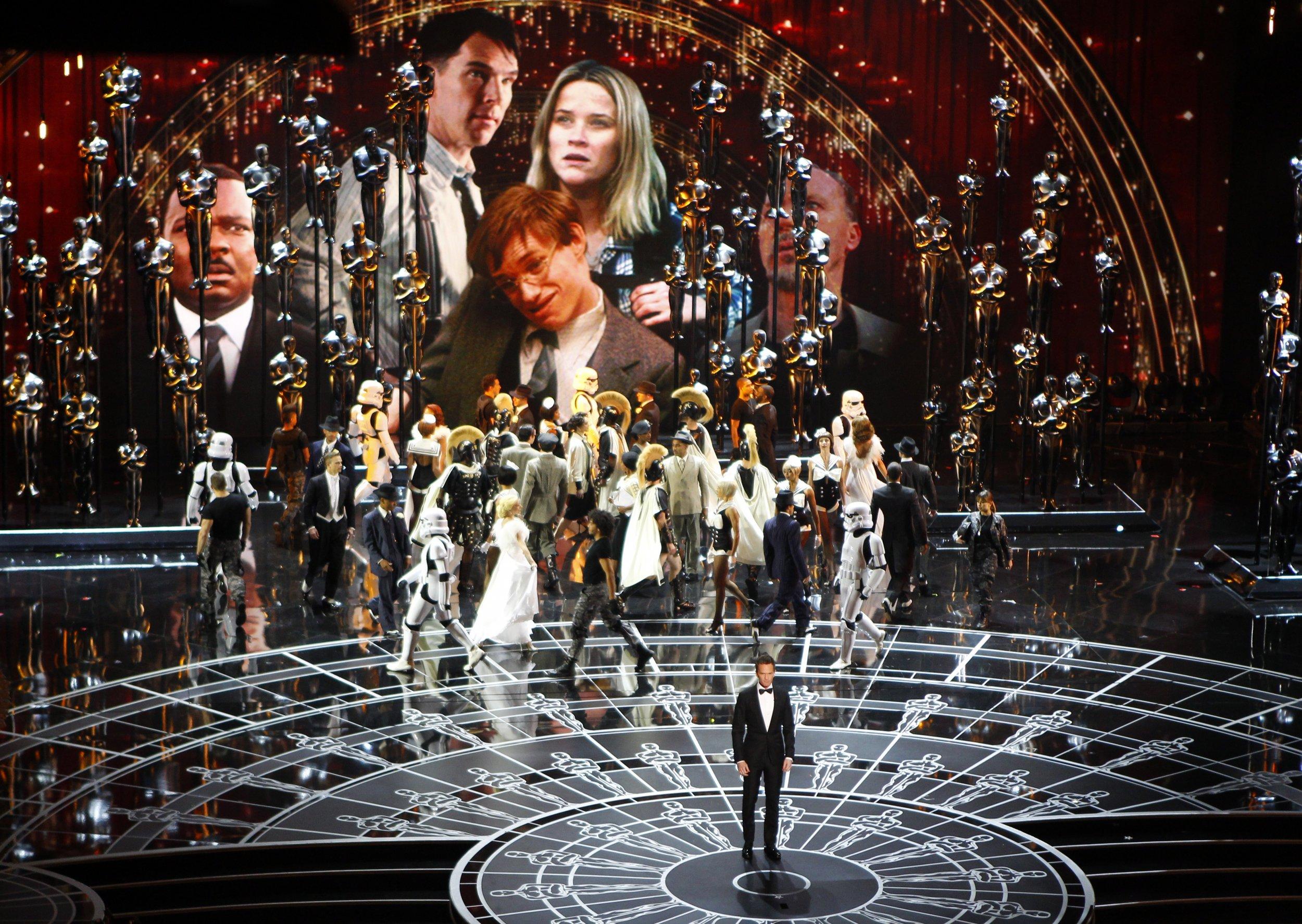In recent years, Hollywood has undergone a significant transformation, placing a heightened emphasis on diversity and inclusion both in front of and behind the camera. This shift, driven by social movements and audience demand, aims to reflect a broader spectrum of experiences and perspectives. However, as the industry navigates this complex landscape, questions arise about the impact of this focus on the quality of storytelling. Are these efforts enriching narratives by bringing fresh voices and viewpoints to the fore, or is there a risk of compromising depth and authenticity in the pursuit of representation? This article delves into the nuanced relationship between diversity initiatives and storytelling excellence, exploring whether Hollywood’s evolving priorities are enhancing or hindering its creative output.
Evaluating Diversitys Influence on Narrative Depth
In recent years, the infusion of diverse voices into Hollywood’s storytelling has undeniably enriched the narrative landscape, offering a more nuanced exploration of the human experience. This shift has facilitated the emergence of stories that were previously marginalized, allowing audiences to engage with a broader spectrum of cultural perspectives. As filmmakers embrace characters from various backgrounds, the depth of narratives has expanded, moving beyond stereotypical portrayals to include complex, multifaceted individuals. This evolution has fostered a storytelling environment where authenticity and relatability thrive, inviting viewers to see the world through a multitude of lenses.
- Broadened Perspectives: Diversity introduces fresh viewpoints, challenging traditional narratives and encouraging innovative storytelling techniques.
- Complex Characters: With diverse casts, characters are more layered and realistic, offering audiences richer emotional journeys.
- Authenticity: Stories rooted in genuine cultural experiences resonate more deeply, fostering a stronger connection with viewers.
However, the push for inclusivity must be balanced with quality to avoid tokenism and ensure that the focus remains on storytelling excellence. When diversity is integrated thoughtfully, it enhances narrative depth, creating stories that are not only entertaining but also enlightening.

Balancing Representation and Story Authenticity
In the quest to diversify Hollywood, creators face the challenge of maintaining the integrity of their stories while ensuring inclusive representation. Balancing these elements requires a nuanced approach where characters are not just diverse for diversity’s sake but are integral to the narrative. This delicate equilibrium can enhance storytelling by introducing fresh perspectives and rich, multi-layered plots. However, when diversity is forced or superficial, it risks undermining the story’s authenticity, leaving audiences disconnected.
- Authentic Character Development: Characters should be thoughtfully integrated, with backgrounds and arcs that resonate naturally within the story’s context.
- Inclusive Narratives: Diverse stories should emerge organically, adding depth rather than distracting from the main plot.
- Creative Integrity: Writers and directors must retain creative freedom to tell stories that are true to their vision while embracing diversity.
Ultimately, the goal is not just to tick diversity boxes but to create narratives where every character, regardless of background, plays a meaningful role in the tapestry of storytelling.

Analyzing Audience Reception and Industry Trends
The reception of Hollywood’s increasing focus on diversity has been mixed, with audience reactions and industry trends showcasing a complex landscape. Audience reception reveals a growing demand for representation, as viewers celebrate stories that reflect their own experiences. This shift has led to increased engagement and a broader fan base. However, some critics argue that in the pursuit of inclusivity, certain narratives become formulaic or forced, potentially impacting the depth and authenticity of storytelling.
From an industry perspective, the push for diversity aligns with evolving market trends and economic incentives. Key trends include:
- Emergence of Global Markets: Diverse storytelling appeals to international audiences, expanding box office potential.
- Streaming Platforms: These platforms prioritize varied content to attract niche audiences and drive subscriptions.
- Awards and Recognition: Films and series with diverse casts and stories often gain critical acclaim, influencing industry standards.
While some industry veterans express concern over traditional storytelling being sidelined, the overall trend suggests a dynamic shift towards inclusivity that aims to enrich Hollywood narratives rather than diminish them.

Recommendations for Harmonizing Diversity with Quality Storytelling
Balancing diversity with quality storytelling requires a nuanced approach that respects both narrative integrity and authentic representation. To achieve this, creators can focus on the following strategies:
- Authentic Representation: Employ writers and directors from diverse backgrounds who can bring genuine perspectives and voices to the table.
- Depth Over Tokenism: Develop characters with depth and complexity, avoiding one-dimensional portrayals that serve merely as diversity checkboxes.
- Inclusive Storytelling: Ensure that diverse characters are integral to the plot, contributing meaningfully to the narrative rather than existing on its periphery.
By prioritizing these elements, Hollywood can craft stories that resonate on a deeper level, ensuring that diversity enhances rather than detracts from the storytelling experience. This approach fosters a richer, more inclusive cinematic landscape that reflects the complexity of the real world.

